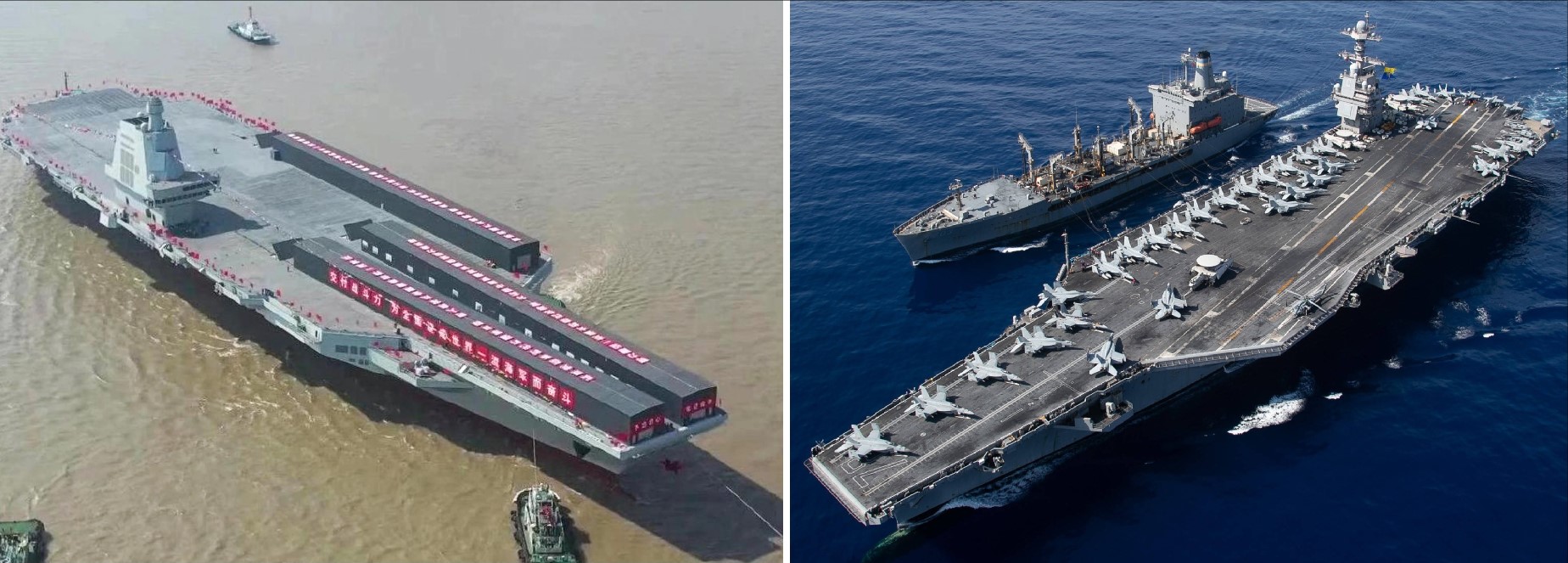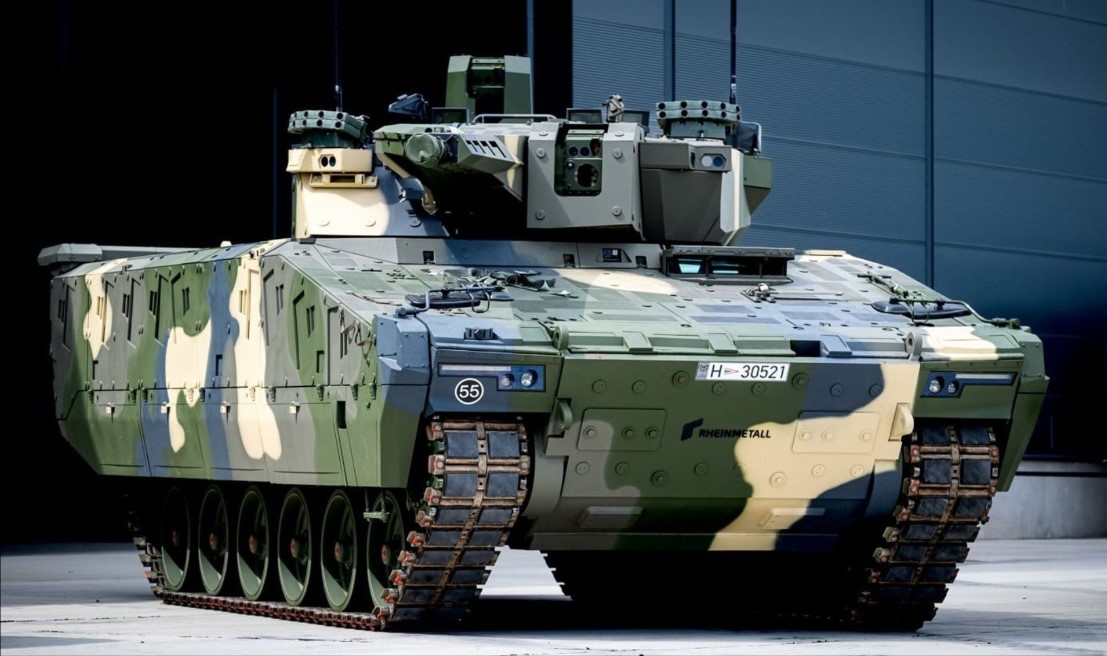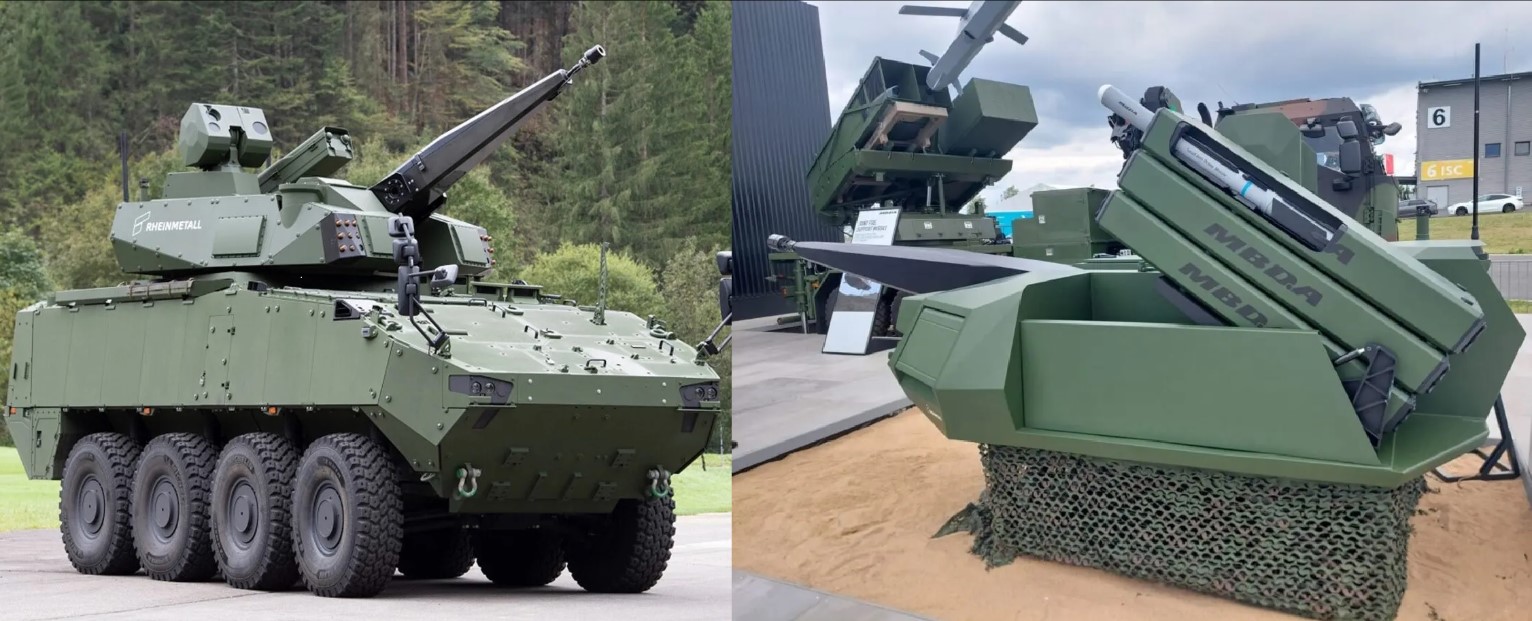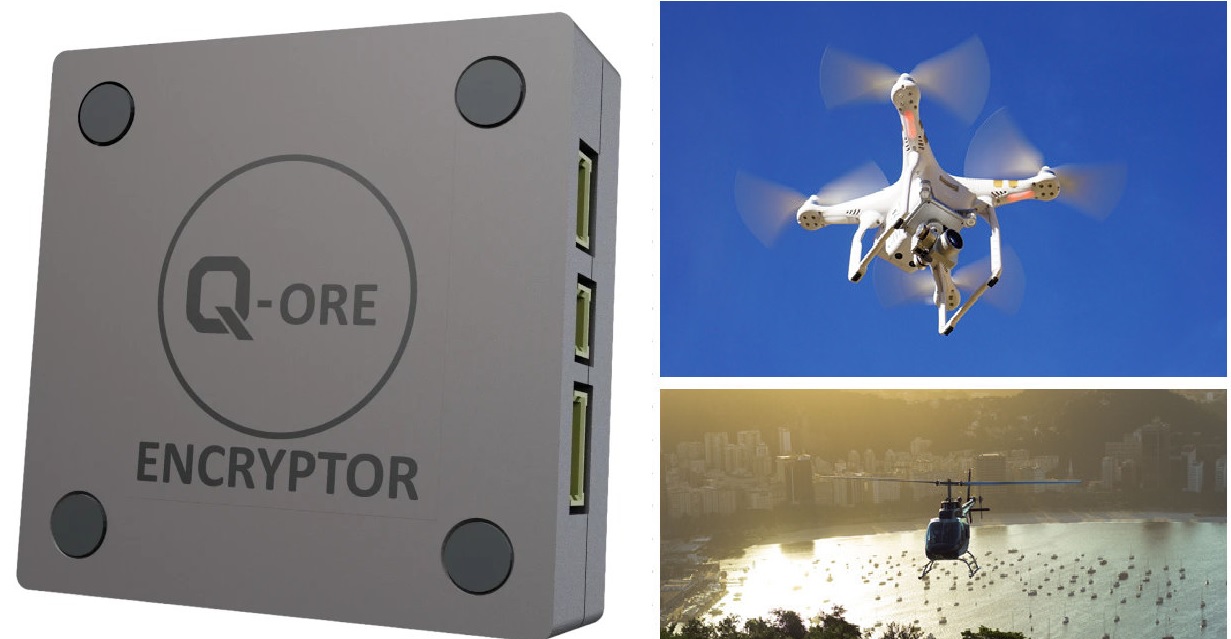Japan's ASEV Super Destroyer: Unveiling the Future of Naval Defense
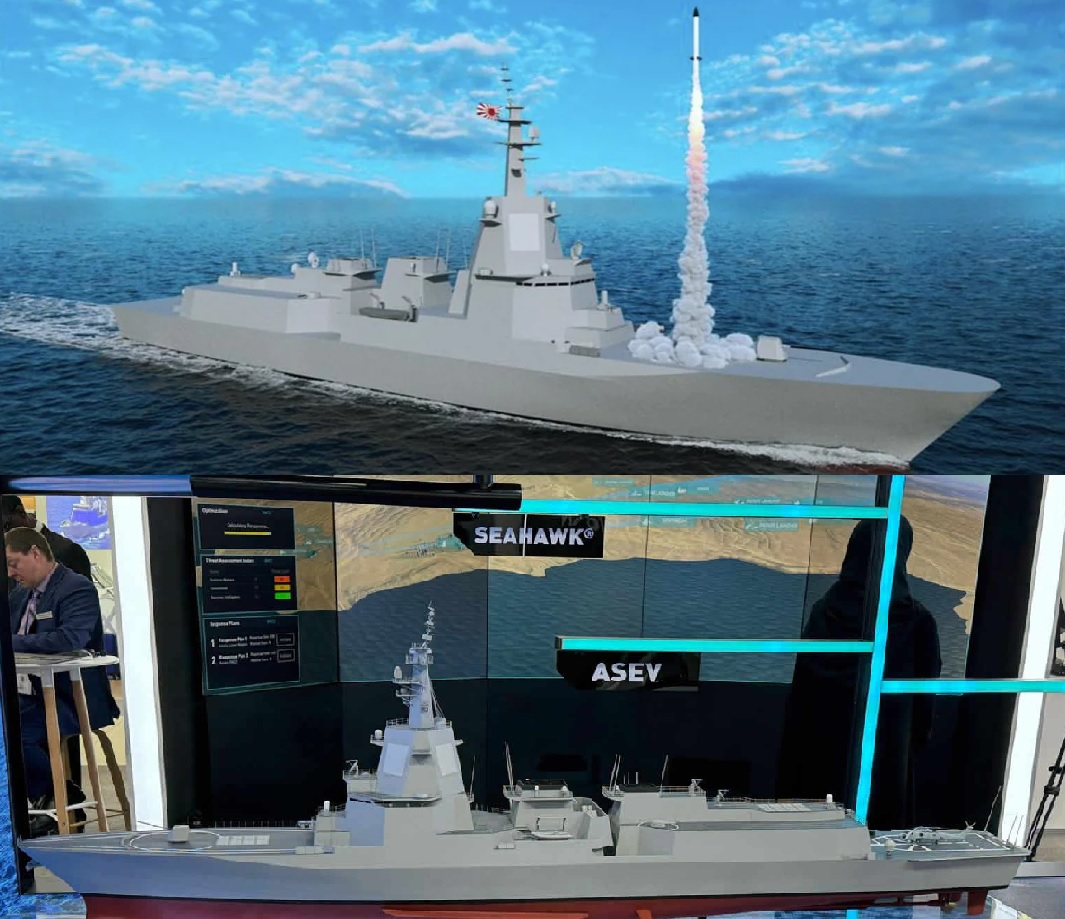
At the International Defence Exhibition (IDEX) 2025 in Abu Dhabi, Lockheed Martin showcased a scale model of Japan's forthcoming Aegis System Equipped Vessel (ASEV), providing fresh insights into its design and capabilities. This advanced, large, stealth guided-missile destroyer is poised to become a cornerstone of the Japan Maritime Self-Defense Force's (JMSDF) ballistic missile defense strategy.
Design and Dimensions
The ASEV measures approximately 190 meters in length and 25 meters in width, with a standard displacement of around 14,000 tons. This makes it one of the largest destroyers globally, surpassing China's Type 055 cruiser and only slightly smaller than the U.S. Navy's Zumwalt-class destroyers. The design emphasizes stealth, featuring radar panels mounted above the bridge—a first for Japanese Aegis-equipped warships—and a sleek superstructure to minimize radar cross-section.
Advanced Radar and Electronic Systems
Equipped with the AN/SPY-7 Active Electronically Scanned Array (AESA) multi-function radar, the ASEV offers enhanced tracking and targeting capabilities. This radar system is also slated for use in Canadian and Spanish naval vessels, underscoring its advanced technology. Additional systems include the AN/SPQ-9B radar for detecting low-flying threats and the AN/SLQ-32(V)6 modules for electronic warfare, enhancing the ship's defensive and situational awareness capabilities.
Robust Armament
The ASEV boasts a formidable array of weaponry:
-
Vertical Launch System (VLS): A total of 128 cells, split equally between the fore and aft sections, capable of housing SM-3 and SM-6 surface-to-air missiles, as well as future Glide Phase Interceptors (GPI) to counter hypersonic threats.
-
Naval Gun: A Mk45 Mod 4 127mm (5-inch) gun positioned at the bow for surface engagements.
-
Close-In Weapon Systems (CIWS): Two Phalanx Block 1B systems located forward of the bridge and above the helicopter hangar to defend against incoming missiles and aircraft.
-
Anti-Ship Missiles: Two quad-launchers for Type 12 surface-to-ship missiles, strategically enclosed to reduce radar signature.
-
Secondary Armament: Two small gun turrets amidships, likely Mk46 30mm Gun Weapon Systems, providing additional close-range defense.
Aviation and Anti-Submarine Warfare (ASW) Capabilities
The ship features a twin helicopter hangar capable of accommodating two SH-60 helicopters, enhancing its anti-submarine and reconnaissance operations. A hull-mounted sonar system further bolsters its ASW capabilities, ensuring comprehensive maritime security.
Program Background and Future Outlook
The ASEV program emerged as an alternative to the canceled Aegis Ashore land-based missile defense system, aiming to protect Japan from ballistic missile threats, particularly from North Korea. The first ship is expected to be commissioned in fiscal year 2027, followed by the second in 2028. Despite rising costs, attributed to factors like currency fluctuations and global inflation, the Ministry of Defense remains committed to this program, emphasizing the ASEV's critical role in national defense.
In summary, the ASEV represents a significant advancement in Japan's naval capabilities, blending cutting-edge technology with robust armaments to address evolving security challenges.
✍️ This article is written by the team of The Defense News.
